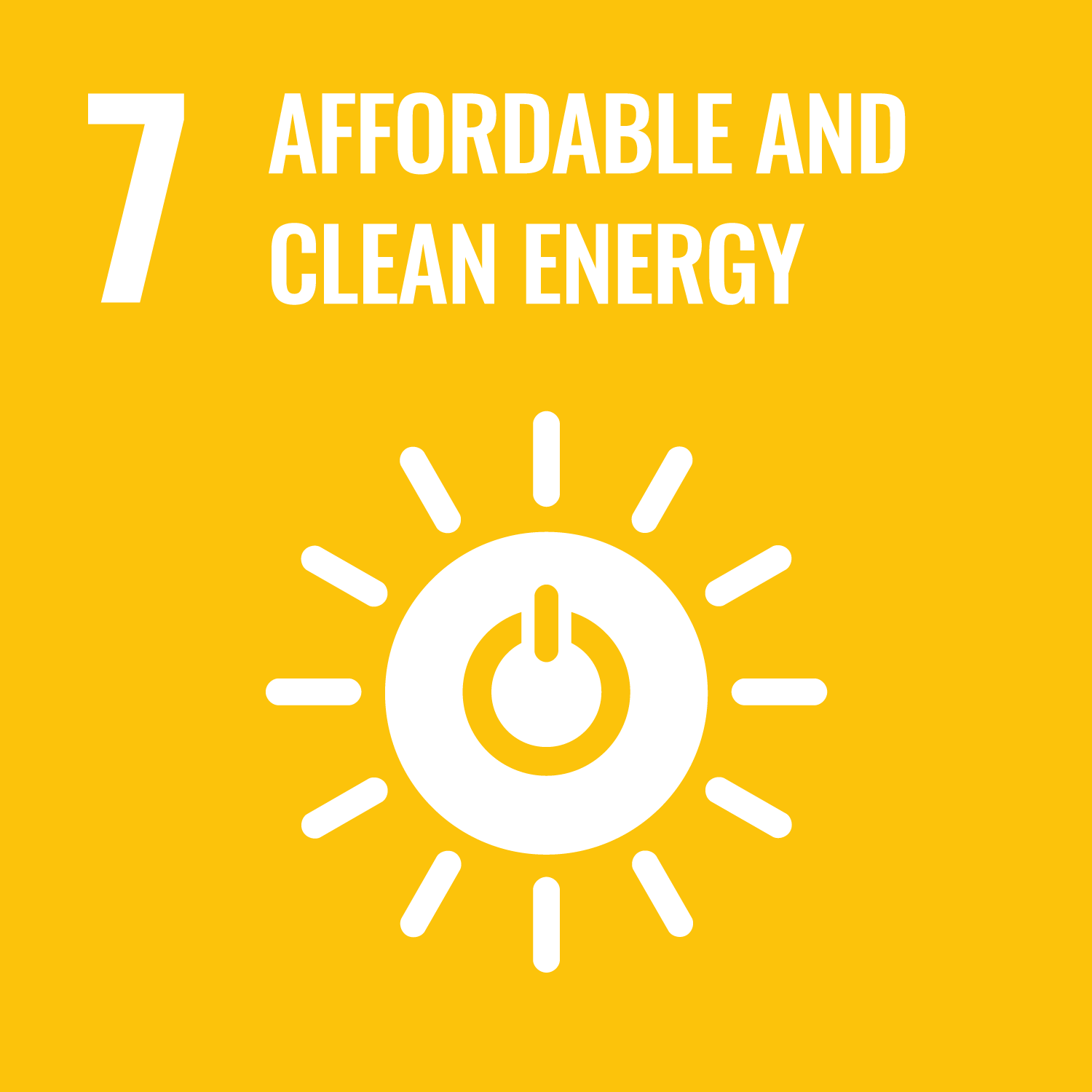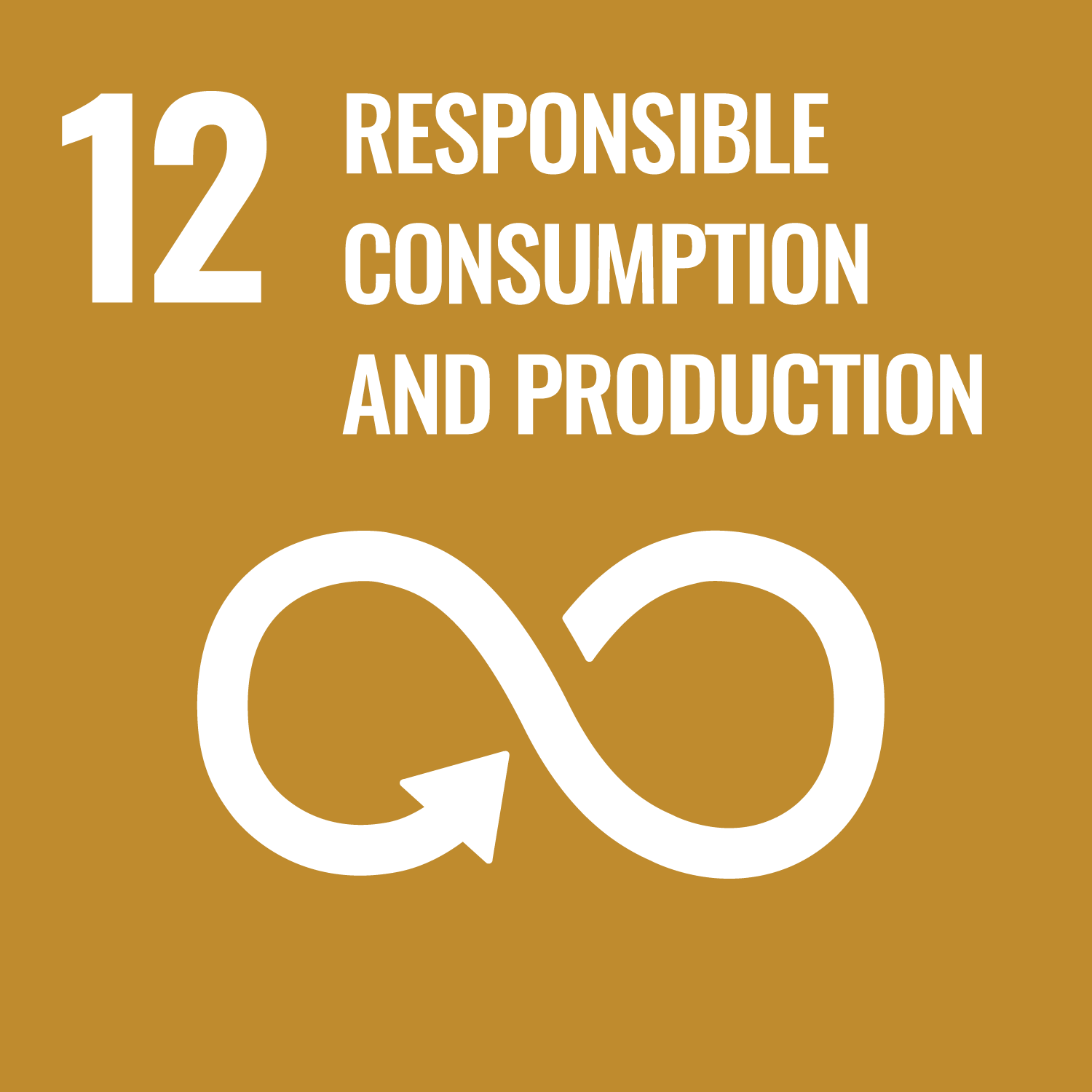LCS-FY2020-PP-16
Strategy for Hole-Transport-Material-Free Perovskite Solar Cells Using Carbon-Based Electrodes (Vol. 3)
Summary
To generate electric potential and current, conventional perovskite solar cells utilize titanium oxide (TiO2) for collecting electrons generated by light, and the hole conducting material (HTM/Au) for collecting holes, both of which are oppositely configured on either side of a perovskite layer (CH3NH3PbI3).
In this paper, we present problems to be addressed for perovskite solar cells using carbon-based electrodes by taking into account the results of a survey on perovskite solar cells in which using only carbon-based electrodes of carbon nanotube, which is a low cost and highly stable conducting material, without the use of HTM/Au electrodes. We also present the results of our original research to improve the reproducibility and stability of cells by incorporating functional groups onto carbon nanotube.






